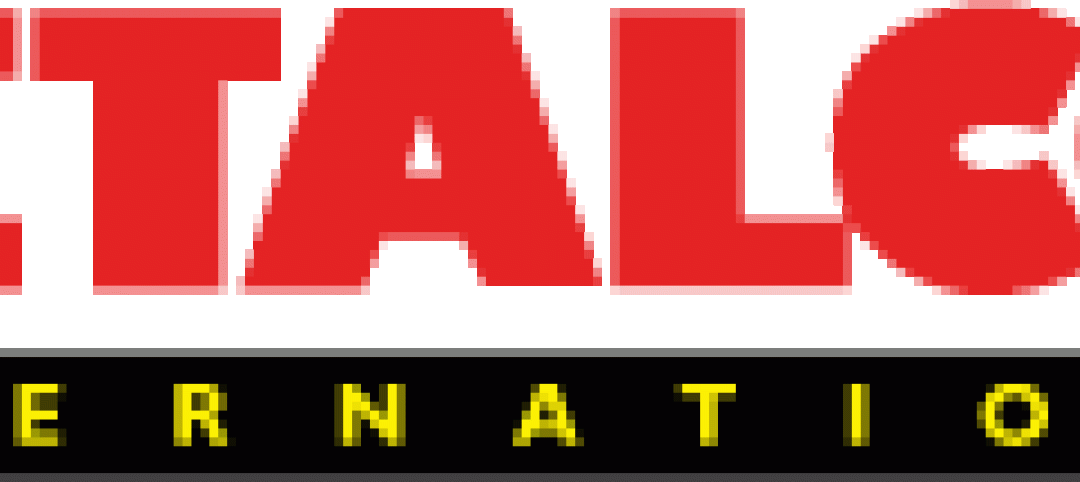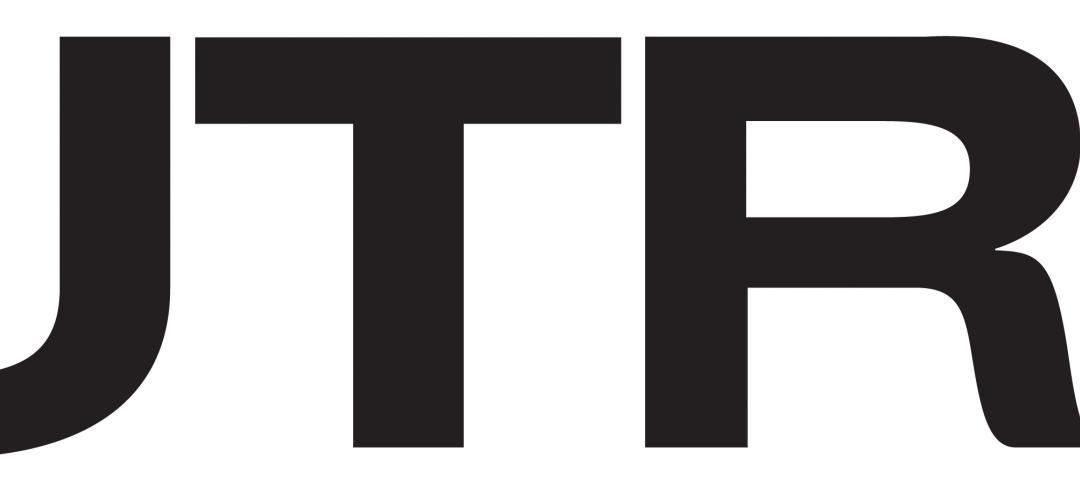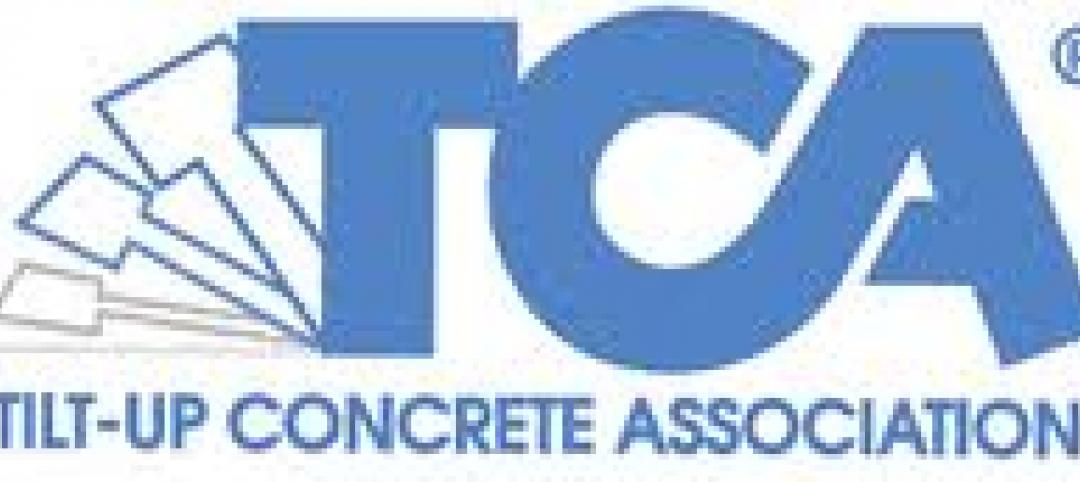David Vermeulen, the Midwest territory manager for Technical Glass Products, spends a lot of time talking with Building Teams about impact glazing and fire-rated glass. “There’s still a little confusion about the products—on the types of glass available, how they’ve changed over the years, and how they can be used,” he says. “People are surprised by what they can do with fire-rated glass.”
Here Vermeulen shares some back-to-basics answers to seven common questions about impact glazing and fire-rated glass.
1. How does fire-rated glass differ from ordinary glass?
Fire-rated glass has been tested to act as a barrier to the spread of flames and smoke, a practice known as compartmentalization. The framing and glass undergo independent testing from such organizations as Underwriters Laboratories, where a fire is ignited and the temperature (which can be as high as 1,000ºF after only five minutes) is measured on the surface of the glass. Ratings are given based on the length of time the glass remains intact. The test concludes by blasting the heated glass with water from a two-man fire hose to determine the system’s ability to withstand impact pressure and its resistance to thermal water shock. Fire-rated glass ratings range from 20 minutes up to three hours, depending on the product and framing system.
2. When using glass in fire-rated locations, is impact safety glass also required?
No. Building codes determine where impact safety glass is required. “Generally speaking, any glass 18 inches off the floor or 36 inches from a door—and any door glass itself—has to be safety glass,” says Vermeulen. However, a transom over a door would not require the use of impact-rated glass, so a fire-rated glass that is not impact rated could be used and is a less expensive option than glazing offering both impact- and fire resistance.
3. What types of impact glazing are available?
There are two types: Category I and Category II.
Category I represents 150 foot-pounds of impact, which simulates a small child (approximately 85 lb) running into the glass. Glass meeting this test is limited to a maximum size of nine sf per lite.
Category II represents 400 foot-pounds, which simulates an adult running into the glass, and is the highest level of required impact-rated glass. With few exceptions, all tempered or laminated glass in use falls into this category, and any opening over nine sf has to meet category II standards.
4. What types of fire-rated glass are available?
Two types: thin and thick.
Thin glass is approximately 1/4- to 5/16- inch thick and fits into standard fire-rated steel frames. Thin glass is now available in larger sizes than previously offered—allowing greater design flexibility and larger openings for increased daylighting transfer—with fire ratings from 20 to 90 minutes. Thin products are classified as “opening protective” and block smoke and flames, but are not heat barriers. Thin products are available with or without impact ratings.
Thick glass products, commonly called glass walls because they allow virtually unlimited expanses of glass and are typically used in areas where glazing exceeds 25% of the wall area, measure ¾ inch or more in thickness and are tested to the same standards as solid barrier walls. Fire ratings for thick glass range from 45 minutes up to two hours, and the products block smoke and flames as well as heat.
5. Does fire-rated glass limit design possibilities?
No. “Design possibilities have reached new heights, and that’s triggering a change in the way projects are being built,” says Vermeulen. Advances in glass technology and framing materials address limitations on window sizes and allow windows to meet the same code requirements as a firewall. Vermeulen says designers are now able to use fire-rated glass instead of traditional wall construction to bring more natural daylight into the interior. “We even have fire-rated glass floors now,” he says. New labeling that makes it easier for code officials to determine whether or not the proper glass is used in the space will be part of the International Building Code for 2012.
6. Are fire-rated products more expensive?
Fire-rated glass is more expensive than traditional glass, and typically accounts for 2% of a building’s total budget, according to Vermeulen.
7. Is fire-rated glass traditionally an interior product?
Yes, but that’s changing somewhat. “Insulating fire-rated glass for exterior use is a new thing,” says Vermeulen. In general, fire-rated glass is used on a building’s exterior in cases where adjacent buildings are very close to the property line, to keep fire from leaping from one building to the next. BD+C
David Vermeulen has nearly a decade of fire-rated glazing experience, and has successfully worked with code officials, architects, and designers from schematic product development through installation.
Related Stories
| Jan 11, 2012
DOE announces guide for 50% more energy efficient retail buildings
The 50% AEDG series provides a practical approach for designers and builders of retail stores, and other major commercial building types, to achieve 50% energy savings compared to the building energy code used in many parts of the nation.
| Jan 11, 2012
Mortenson starts construction of Rim Rock Wind Project
Renewable energy contractor to build 189-megawatt wind project in Sunburst, Mont.
| Jan 9, 2012
FGM Architects acquires SRBL Architects
The firm reviewed gaps in each of the markets and identified a need in the municipal market for stronger police facility design expertise as well as additional project management and design expertise for this market.
| Jan 9, 2012
Shawmut appoints Les Hiscoe COO and EVP
In his new role, Hiscoe will focus on developing the Company’s field services divisions; national business in retail, hospitality, gaming, and sports venues; Tri-State business in academic and healthcare; sales and marketing; and human resources
| Jan 9, 2012
Thornton Tomasetti acquires green consulting firm Fore Solutions
International engineering firm launches new building sustainability practice.
| Jan 9, 2012
METALCON International 2012 announced
METALCON 2012 is scheduled for Oct. 9-11 at the Donald E Stephens Convention Center, Hall A, Rosemont, Ill.
| Jan 9, 2012
Lutron appoints Pessina president
In his 35-year career with Lutron, Pessina has acquired broad experience in the engineering, quality assurance and manufacturing areas.
| Jan 9, 2012
A new journey for KSS Architects co-founder
Kehrt's legacy of projects include Rutgers University's Biomedical Engineering Building, the renovation and expansion of Cornell University School of Hotel Administration, the recent new campus center at The Richard Stockton College of New Jersey and Princeton Township's Municipal Complex.
| Jan 8, 2012
TCA releases The Construction of Tilt-Up
The newest publication from the TCA is the second in a planned trilogy of resources covering the architecture, engineering and construction of Tilt-Up
| Jan 8, 2012
WHR Architects promotes Joel Colwell, AIA, to principal
With over 30 years of experience, Colwell has managed large-scale, complex projects for major healthcare systems as well as challenging smaller renovations and additions — all with notable success.

















